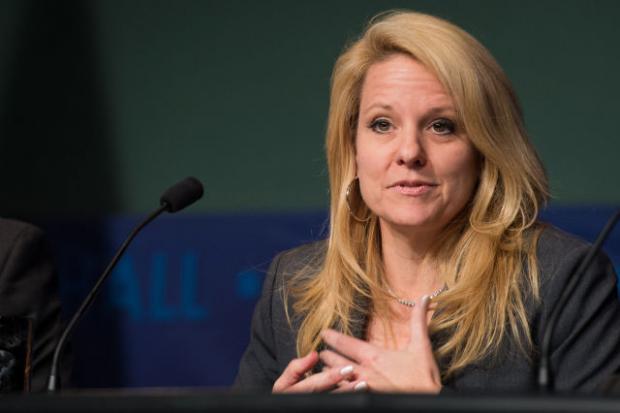
Breaking News
 Why Dual Engine Failure Changes Everything -- Louisville Crash Update
Why Dual Engine Failure Changes Everything -- Louisville Crash Update
 Transforming Storage Shelf / Workbench - Small Space Organization
Transforming Storage Shelf / Workbench - Small Space Organization
 Our 3-Step Strategy for a Stress-Free Pantry
Our 3-Step Strategy for a Stress-Free Pantry
 BEHIND THE DEEP STATE | The War on Farms
BEHIND THE DEEP STATE | The War on Farms
Top Tech News
 HUGE 32kWh LiFePO4 DIY Battery w/ 628Ah Cells! 90 Minute Build
HUGE 32kWh LiFePO4 DIY Battery w/ 628Ah Cells! 90 Minute Build
 What Has Bitcoin Become 17 Years After Satoshi Nakamoto Published The Whitepaper?
What Has Bitcoin Become 17 Years After Satoshi Nakamoto Published The Whitepaper?
 Japan just injected artificial blood into a human. No blood type needed. No refrigeration.
Japan just injected artificial blood into a human. No blood type needed. No refrigeration.
 The 6 Best LLM Tools To Run Models Locally
The 6 Best LLM Tools To Run Models Locally
 Testing My First Sodium-Ion Solar Battery
Testing My First Sodium-Ion Solar Battery
 A man once paralyzed from the waist down now stands on his own, not with machines or wires,...
A man once paralyzed from the waist down now stands on his own, not with machines or wires,...
 Review: Thumb-sized thermal camera turns your phone into a smart tool
Review: Thumb-sized thermal camera turns your phone into a smart tool
 Army To Bring Nuclear Microreactors To Its Bases By 2028
Army To Bring Nuclear Microreactors To Its Bases By 2028
 Nissan Says It's On Track For Solid-State Batteries That Double EV Range By 2028
Nissan Says It's On Track For Solid-State Batteries That Double EV Range By 2028
SpaceX has shipped its Mars engine to Texas for tests

SpaceX appears to have taken a significant step forward with the development of a key component of its Mars mission architecture. According to multiple reports, during the Small Satellite Conference Tuesday in Logan, Utah, SpaceX President Gwynne Shotwell said the company has shipped a Raptor engine to its test site in McGregor, Texas. A spokesman confirmed to Ars that the engine has indeed been moved to Texas for developmental tests.
The Raptor is SpaceX's next generation of rocket engine. It may be as much as three times more powerful than the Merlin engines that power its Falcon 9 rocket and will also be used in the Falcon Heavy rocket that may fly in late 2016 or early 2017. The Raptor will power SpaceX's next generation of rocket after the Falcon Heavy, the so-called Mars Colonial Transporter.
Although official details regarding the Raptor engine remain scarce, SpaceX founder Elon Musk has suggested the engine will have a thrust of about 500,000 pounds, roughly the same power as a space shuttle's main engines.

 Carbon based computers that run on iron
Carbon based computers that run on iron

